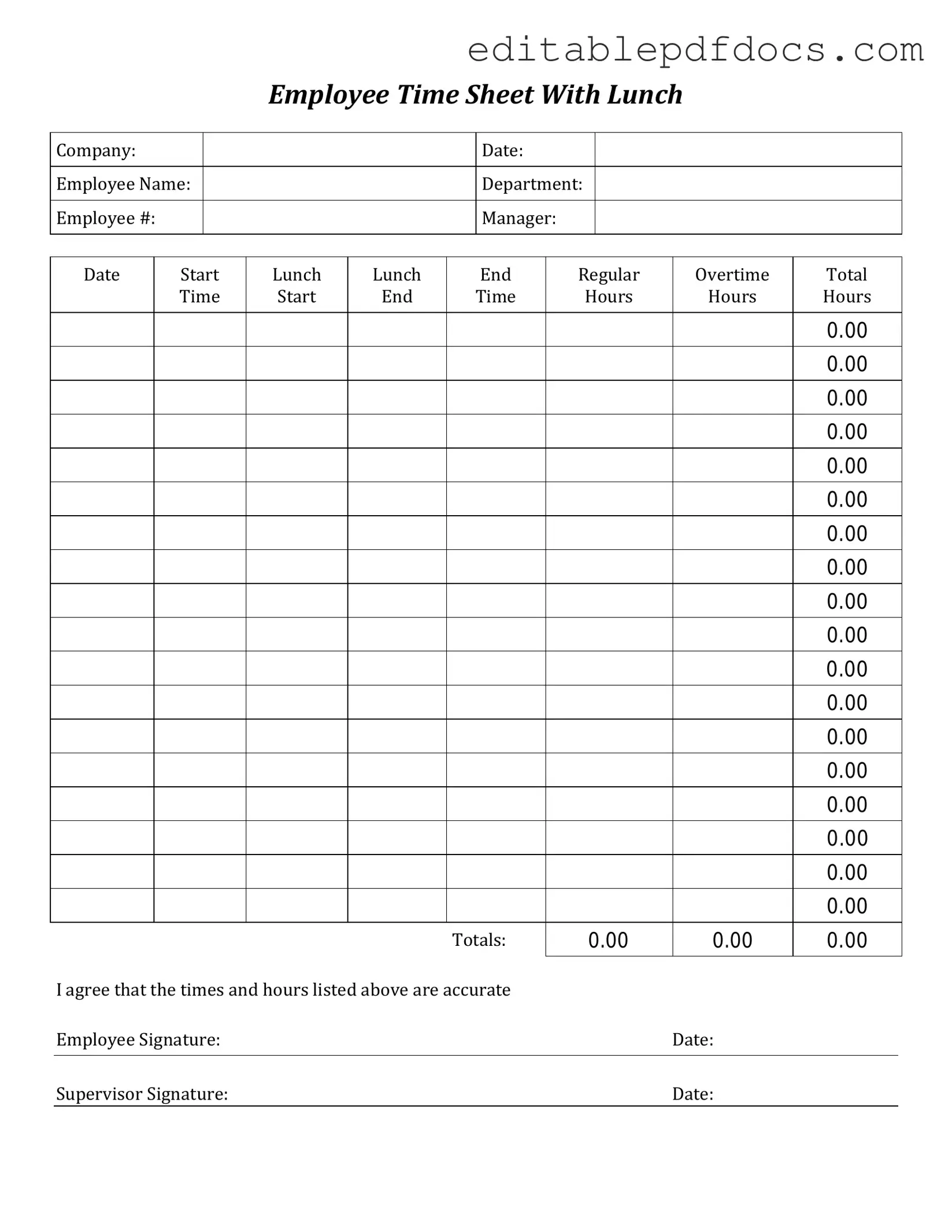Imm5707 Canada
- The form aims to minimize discrepancies in immigration records regarding family facts.
Basketball Player Evaluation Form Pdf
- Considering a player's agility and quickness as part of their athleticism.
For landlords navigating the complexities of the eviction process in New York, familiarizing themselves with the specifics of the Notice to Quit is essential. This document, which they are required to provide to tenants, initiates the process for situations like non-payment of rent or lease violations. Understanding its ramifications can prevent legal complications; for helpful resources, landlords may refer to nyforms.com/notice-to-quit-template.
Where Can I Get My Pay Stubs
- They serve as a reference point for salary negotiations and career advancement discussions.
